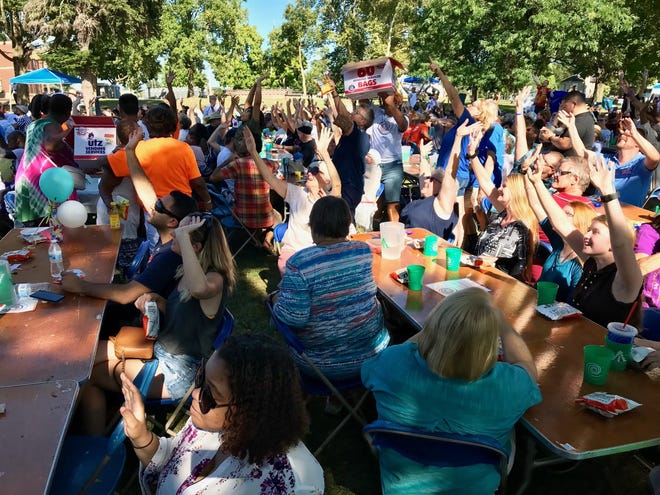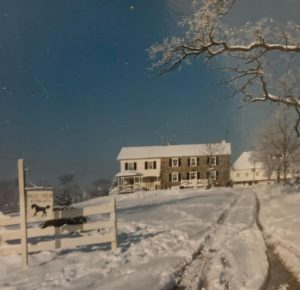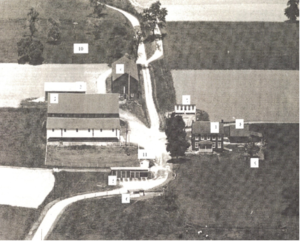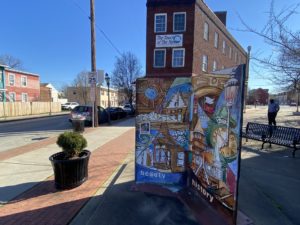A place for new beginnings
Penn Park
100 W. College Ave., York
The situation
From its founding in 1816, Penn Park served as a place that freedmen could disembark from their journey to free soil and take the first steps in building new lives. Later, this public commons served as a gathering place for civil rights vigils and protests. Shouts and cries still echo across the green expanse of Penn Park. The voices tell of the rally in 1963 to decry racial discrimination in the city. They mourn the passing of Martin Luther King Jr. at the hand of an assassin in 1968. They resound after the death of George Floyd in 2020.
This public space also served as a battleground between police and black youths in the early days of race revolts in the summers of 1968-69 – a time and place in which the community broke along racial fault lines. And it served as a place for the diverse community to come together in the 10,000 Acts of Kindness Festival in 2019.
From a public health perspective, a large military hospital operated here in 1862 to 1865, treating thousands of Union soldiers suffering from wounds and disease. Women of the town served as nurses, and people of the town helped provide humanitarian relief.
After that useful moment, the park fell into disuse only to be revived as part of major improvements after York became a city in 1887. Interestingly, a century later, an act of vandalism can be seen as a marker of a period of decline with the beheading of the Elks monument. The park has gone through such periods since its founding.
Today, it’s use is on an upswing, usage is up since the pandemic.

The witness
One of the freedmen – Charles Granger, known as Squire Braxton – touched base here on free soil in 1827 and later made his home in the park. He lived his long life in a shanty in the park’s southern section, a popular figure known for doing thankless – but needed – odd jobs in the community.
Here’s how a story in The York Gazette and Daily in 1924 began about how Squire Braxton’s and other freedmen’s arrived at Penn Park: “On a moonlight night in the month of May, 1827, two wagons rumbled into West York from the Southland. On these two wagons were about 50 negroes, who had been set free … .” And upon his death in 1881, 500 townspeople attended his funeral. According to the newspaper: “Just before Rev. Mr. McGrath rose to speak, a robin perched on the topmost limb of a tree only a few yards away, sang one of his sweetest songs, just as though he had been placed on the program … .”
Squire Braxton’s telling story is one of arriving in York in rags and making his living collecting the castoffs of others. And by the end of his life, he was richly robed in the approbation of his community.
The questions
Lewis Miller, a folk artist in the 1800s, correctly labeled the area known as Penn Park as “The Commons.” When thinking about public parks and common spaces, we think of areas created jointly, a collaborative effort to construct a cultural resource where people can come together. This common area was also the place of protests. Protests embody a joint movement where people unite. In what ways does Penn Park, “The Commons,” showcase Yorkers’ ability to work together?
Related links and sources Penn Park has long been in the middle of crucial events; Is the public rediscovering Penn Park?; James McClure’s “Almost Forgotten.” Top photo by Jim McClure. Bottom photo, York Daily Record
— By JAMIE NOERPEL and JIM McCLURE




Pingback: Hometown History - YoCo's people, places, Season 3 - Witnessing York